AI Tool Detects Hard to Spot Cancerous Lesions in Colon
|
By HospiMedica International staff writers Posted on 09 Nov 2022 |

Adenomatous polyps (AP) are more common and have distinctive tubular features with the growth resembling a mushroom, attached to the colon by a thin stalk. In comparison flat polyps, including flat lesions and sessile serrated lesions (SSLs), known as ‘subtle advanced neoplasia’, have far fewer distinctive features and are notoriously difficult to detect. They are also more likely to develop into an aggressive cancer, meaning it will spread or grow quickly. Now, scientists have further refined an artificial intelligence (AI) tool to identify hard to spot flat polyps, that - when left untreated - can become highly aggressive and are a major cause of colorectal (bowel) cancer.
For the study, scientists at University College London (UCL, London, UK) trained the AI in Odin Vision’s CADDIE (Computer Aided (AI) Device used in Endoscopy) system on flat polyps. CADDIE uses AI during an endoscopy to detect and characterize AP in real-time. The researchers upgraded the CADDIE AI algorithm and created four video test datasets, containing images of 173 polyps (consisting of more than 670,000 individual frames), that included a dataset of the most challenging flat polyps.
In the challenging dataset, the algorithm detected a significantly higher percentage of the flat polyps when compared to expert and trainee colonoscopists, at 79.5% versus 37% and 11.5% respectively. The AI also detected flat polyps at a faster rate and across the other datasets the algorithm detected nearly 100% of polyps. Researchers say the enhanced AI will help to detect significantly more of the subtle advanced neoplasia group, helping to reduce colorectal (cancer of the colon or rectum, or bowel cancer) cancer.
“Polyps that are flat, or depressed, are far harder to spot until they are quite large, and the data shows they are more likely to be aggressive,” said senior author Professor Laurence Lovat (UCL Surgery & Interventional Science). “Refining the AI is a significant step forward in the early detection of colorectal cancer and will lead to lower rates of missed cancers and vastly improve our capability to save lives.”
“It was encouraging to see that AI can double the expert detection rate for these polyps,” added study co-author Juana González-Bueno (Research Scientist, Odin Vision). “More importantly, it can increase the detection rate of less experienced colonoscopists by a factor of seven. Overall, the implications are great as it enables all colonoscopist experience levels to surpass expert polyp detection rates.”
Related Links:
University College London
Channels
Critical Care
view channel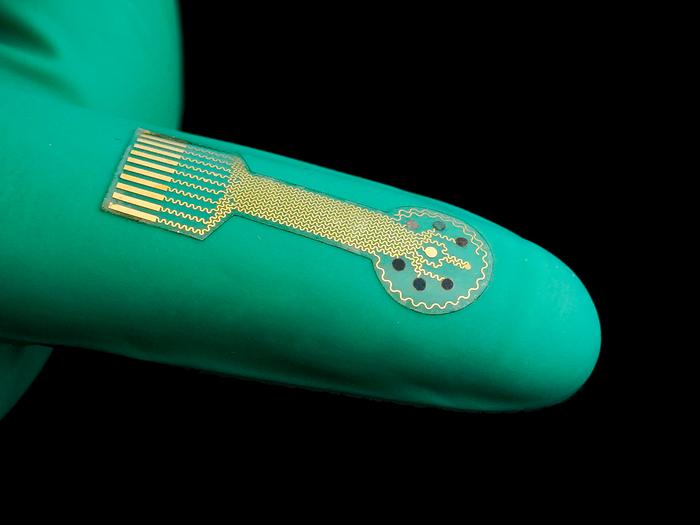
Smart Bandages to Revolutionize Treatment of Chronic Wounds
Chronic wounds, such as diabetic ulcers, surgical wounds, pressure injuries, and others, are more lethal than many realize. Patients with chronic wounds face a five-year survival rate of about 70%, which... Read more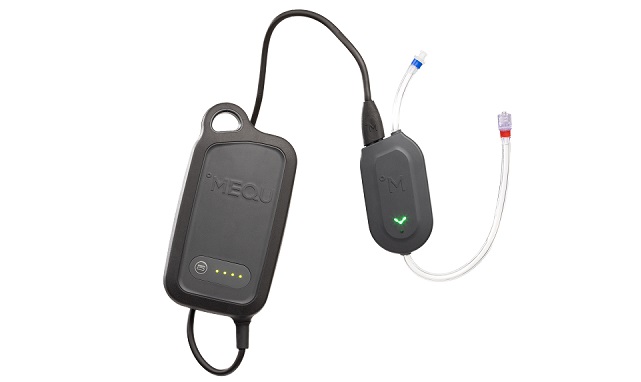
Portable System for Warming Blood and IV-Fluids Reduces Hypothermia Risk in Hemorrhaging Patients
Maintaining a normothermic temperature in patients is often challenging. Accidental hypothermia is a known risk that can lead to increased complications and extended hospital stays. One key factor contributing... Read more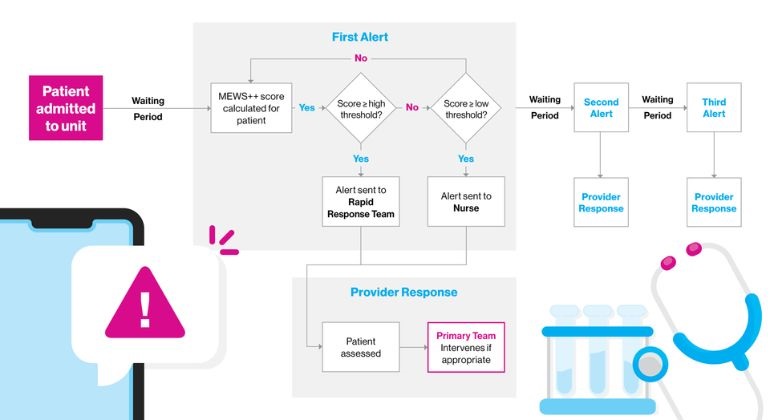
AI-Generated Real-Time Alerts for Declining Health Speeds Up Treatment and Reduces Hospital Deaths
A fundamental objective of inpatient care is the timely intervention to prevent or manage clinical deterioration, which often leads to escalated care associated with poorer outcomes and increased use of resources.... Read more
Ingestible Microbiome Sampling Pill to Help Diagnose Wide Range of Health Conditions
The healthy human gut is home to more than 1,000 species of bacteria, most of which play a beneficial role in digestion and protecting against disease. When the natural balance of these microbes is disrupted,... Read moreSurgical Techniques
view channel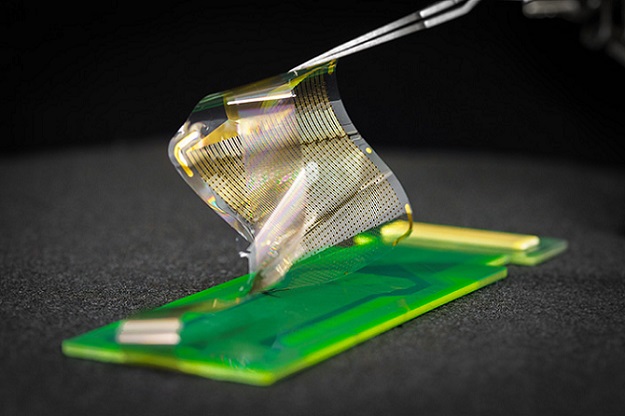
Electronic Grid Records Brain Activity during Surgery to Minimize Damage to Healthy Tissue
A new electronic grid equipped with nanoscale sensors that records electrical signals from the human brain with unprecedented detail could enhance surgical planning and execution for removing brain tumors... Read more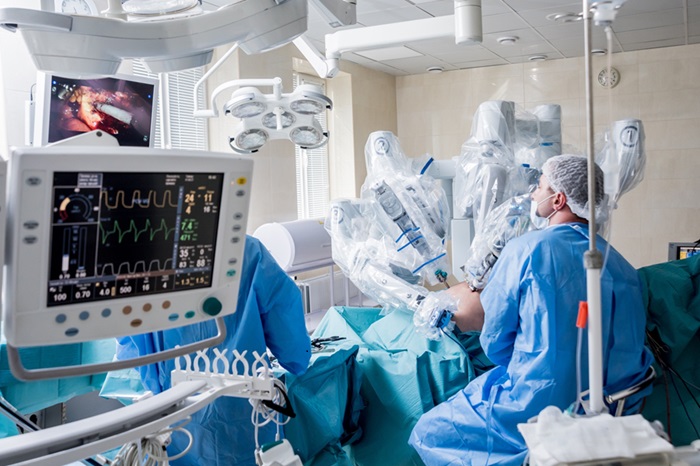
Total Robotic Metabolic and Bariatric Surgery Proves More Beneficial than Conventional Laparoscopy
According to the U.S. Centers for Disease Control and Prevention (CDC), 42.4% of Americans are affected by obesity. Research indicates that obesity can compromise the immune system, trigger chronic inflammation,... Read moreWirelessly Activated Robotic Device Aids Digestion in Patients with Compromised Organs
The transport of fluids and solids is essential in the human body, driven by a wave-like movement in the lumen known as peristalsis. However, peristalsis can be disrupted in patients who have obstructions... Read morePatient Care
view channelFirst-Of-Its-Kind Portable Germicidal Light Technology Disinfects High-Touch Clinical Surfaces in Seconds
Reducing healthcare-acquired infections (HAIs) remains a pressing issue within global healthcare systems. In the United States alone, 1.7 million patients contract HAIs annually, leading to approximately... Read more
Surgical Capacity Optimization Solution Helps Hospitals Boost OR Utilization
An innovative solution has the capability to transform surgical capacity utilization by targeting the root cause of surgical block time inefficiencies. Fujitsu Limited’s (Tokyo, Japan) Surgical Capacity... Read more
Game-Changing Innovation in Surgical Instrument Sterilization Significantly Improves OR Throughput
A groundbreaking innovation enables hospitals to significantly improve instrument processing time and throughput in operating rooms (ORs) and sterile processing departments. Turbett Surgical, Inc.... Read moreHealth IT
view channel
Machine Learning Model Improves Mortality Risk Prediction for Cardiac Surgery Patients
Machine learning algorithms have been deployed to create predictive models in various medical fields, with some demonstrating improved outcomes compared to their standard-of-care counterparts.... Read more
Strategic Collaboration to Develop and Integrate Generative AI into Healthcare
Top industry experts have underscored the immediate requirement for healthcare systems and hospitals to respond to severe cost and margin pressures. Close to half of U.S. hospitals ended 2022 in the red... Read more
AI-Enabled Operating Rooms Solution Helps Hospitals Maximize Utilization and Unlock Capacity
For healthcare organizations, optimizing operating room (OR) utilization during prime time hours is a complex challenge. Surgeons and clinics face difficulties in finding available slots for booking cases,... Read more
AI Predicts Pancreatic Cancer Three Years before Diagnosis from Patients’ Medical Records
Screening for common cancers like breast, cervix, and prostate cancer relies on relatively simple and highly effective techniques, such as mammograms, Pap smears, and blood tests. These methods have revolutionized... Read morePoint of Care
view channel
POCT for Infectious Diseases Delivers Laboratory Equivalent Pathology Results
On-site pathology tests for infectious diseases in rural and remote locations can achieve the same level of reliability and accuracy as those conducted in hospital laboratories, a recent study suggests.... Read more
Cartridge-Based Hemostasis Analyzer System Enables Faster Coagulation Testing
Quickly assessing a patient's total hemostasis status can be critical to influencing clinical outcomes and using blood products. Haemonetics Corporation (Boston, MA, USA) has now obtained 510(k) clearance... Read more
Critical Bleeding Management System to Help Hospitals Further Standardize Viscoelastic Testing
Surgical procedures are often accompanied by significant blood loss and the subsequent high likelihood of the need for allogeneic blood transfusions. These transfusions, while critical, are linked to various... Read moreBusiness
view channel
BD Acquires Edwards Lifesciences' Critical Care Product Group for USD 4.2 Billion
BD (Becton, Dickinson and Company, Franklin Lakes, NJ, USA) and Edwards Lifesciences (Irvine, CA, USA) have entered into a definitive agreement under which BD will acquire Edwards' Critical Care product... Read more







